Babe Paley Talks, Or Does She?
Iké Udé, Style File, The World's Most Elegantly Dressed
Given the inherent bias in reporting one’s own life, Iké Udé might be correct in asserting that style is the most authentic form of self-revelation. There is a problem with that, however. Once a person’s public image becomes as legendary as Babe Paley’s, sooner or later someone will invent words to accompany that image. That is what author Melanie Benjamin has done with Babe Paley in the novel The Swans of Fifth Avenue.
She portrays Babe as kindhearted as she is lovely. Beneath the couture wardrobe and the impeccable manners, however, is a desperate and isolated woman: a tragic figure. The Swans of Fifth Avenue version of Babe Paley is a recluse in plain sight whose emotional camouflage is a thin-but-impenetrable veneer of perfection. From Swans, “[Babe] was lonely in her own home, in her own bed—in her own skin—and she couldn’t tell a soul. ‘Don’t air your dirty laundry outside the family,’ Mother had said a million times.”
Moreover, Babe lacked the hard shell that is as useful in Manhattan society as an armored tank in battle. Cattiness is a shield of sorts, but Babe’s only criticisms were reserved for herself. By all accounts, she rarely, if ever, spoke an unkind word about anyone. Instead, her main defense in the world was a vigorous offense—a strenuous (and ultimately exhausting) commitment to beauty and perfection. Truman Capote quipped, “Mrs. P. had only one fault. She was perfect; otherwise, she was perfect.” If Babe’s meticulousness was indeed her only fault, it is an intriguing one, nearly as beguiling as the half-smile of the Mona Lisa.
The Truman character in Swans is the absurd knight in shining armor that rescues Babe from the prison she created for herself. This Truman is so intelligent, so audacious that he effortlessly shatters her defense mechanisms. Only with him, Babe sheds her dignity and becomes the giddy schoolgirl her domineering mother Gogsie never permitted her to be. The book dares to imagine what Babe was thinking: “Truman is a real friend, the only one who has ever talked to you like this. The only one who cares enough to tell you the truth. The only one who wants to see the past surface. This moment is important. It is the template for the rest of your life. Don’t run away from it.”
Swans even speculates that Babe desired a sexual relationship with her new friend. That sounds ridiculous, but this was early Truman Capote, years before he was bloated by alcoholism and drug addiction. In those days, he was odd-looking but also strangely beautiful. It was as if Truman was an alien and represented the height of attractiveness on a faraway planet.
Also, his effeminate voice contradicted how strong he actually was. Yes, he famously bested Humphrey Bogart at arm-wrestling. It was more than that, though. He was mentally tough. Truman would stand up to anyone, but he was also confident enough to understand when it was expedient to yield. It was a powerful combination, and it was part of his charm. He could be cheeky and subservient all in the same breath. Society A-Listers like Babe and Bill Paley found it irresistible.
Thus far, the best reference source for what Babe Paley actually said and thought is Sally Bedell Smith’s In All His Glory, The Life of William S. Paley. Though Bill is the main subject, the book covers Babe in considerable detail. It includes interviews with friends like Irene Mayer Selznick, Slim Keith, Marietta Tree, Susan Mary Alsop, and Diana Vreeland. Babe’s daughter Amanda Burden and sister Betsey Whitney were also interviewed. From this and a few other sources, a less forlorn portrait of Babe Paley emerges.
In Swans, the fictional Babe despairs over Truman’s betrayal, which she regards as, “The loss of trust, the loss of joy; the loss of herself.” The book has Babe essentially retreat from the world and into her deathbed, where she succumbs to terminal cancer while lamenting the loss of her only true friend. It makes for a poignant scene in a novel, but as is usually the case, actual life is more nuanced.
Babe maintained an active social life until nearly the end. In the summer of 1977, Andy Warhol spotted her at a star-studded soiree at the Dakota attended by everyone from Jacqueline Onassis to Sue Mengers. And, when she was too ill to leave her apartment, society visited her there. According to Bedell Smith, “A stream of friends came to see her.” Well-wishers included not only intimates like Slim Keith but also such remote acquaintances as Robert Rauschenberg and Joan Didion.
Just as importantly, Babe’s children stepped in to fill the vacuum in her life created by Truman’s departure. Babe had always been close with her eldest son Tony Mortimer, but prior to her illness, a demanding Bill curtailed their time together. When she became bedridden, Tony would visit twice per day, presumably without objection from a distraught Bill who at last took his wife’s feelings into account.
Babe also became closer with Amanda, the eldest daughter that was in some ways like her. Babe’s full-time job as the wife of Mrs. William S. Paley long overshadowed her ability to be as nurturing a mother as Amanda might have hoped. Amanda told Sally Bedell Smith that in Babe’s final months, all the years of benign neglect and social rivalry melted away. Babe and Amanda at last connected. Swans ignores this cathartic event, preferring its more tragic version of Babe. This Babe suffered in silence, dwelling upon the lost friendship with Truman.
Truman had begun to disturb Babe and his other Swans by bringing along rough trade as dates to their elegant soirees and yachting excursions. Moreover, his very public feuds were an embarrassment—they went against everything for which the Paleys stood. There is a telling episode in Swans in which Babe grimaces as she watches Truman on national television telling Johnny Carson that his nemesis, Jacqueline Susann, resembled a truck driver in drag. Could it be that even camouflaged by Babe’s perfect manners, Truman sensed that she was beginning to pull away from him?
Also, Babe had already been diagnosed with the lung cancer that would ultimately cause her death. Truman had been repeatedly abandoned in childhood by the mother whom he had adored and who committed suicide when he was a young man. This psychological baggage might have driven Truman to end the friendship with Babe before she or her death could. In early drafts of “La Côte Basque,” it was a character based upon Averell Harriman that frantically scrubbed sex-stained sheets prior to his wife’s return home. Only later did Truman graft the story onto Bill Paley, to whom, by many accounts, the episode actually happened. What precipitated the change? Was it Truman’s realization that his friendship with the Paleys would soon unravel?
After the scandal of “La Côte Basque” broke, Truman explained that his purpose was not to hurt Babe but to protect her. Such a protestation is lunacy from the friend who claimed he knew her better than anyone else. He must have must have realized how deeply she, of all his Swans, valued her privacy. Babe obviously had no choice but to end their friendship. Not only did Bill demand it, but the ghost of her mother as well.
Even so, might not Truman have inadvertently done Babe a favor by unshackling her from the myth she and Bill created? If self-awareness is one of life’s purposes, then it could have been a necessary step for her. Intimates report that in Babe’s last days, she no longer treated Bill with the cheerful subservience that had so long characterized their marriage. Might Truman’s public revelation of Bill’s infidelity have at long last set Babe free?
In her final years, Babe began to consider what else she might have done with her life, which, though painful, might also have been healing. Her mother raised her to be the wife to a rich man, and in that, she was a tremendous success. She seems to have finally realized that the creativity and perfectionism required to become Mrs. William S. Paley would have served her just as well had she pursued a career. Might this have been an epiphany that Truman's betrayal helped along?
On many levels Swans of Fifth Avenue is a success. Its flaw is the occasionally mawkish portrayal of Babe Paley. Yet it is also sympathetic to her. In today’s more liberated environment, it is easy to disregard how different things were for women from Babe’s generation whose ambitions were domesticated at an early age by parents like Babe’s mother Gogsie. Books like Swans serve to remind us. Moreover, the book sheds light upon a glamorous but hard-edged time in New York society, and how challenging it must have been for a kind and sensitive person like Babe Paley to scale its heights.
Epilogue: If Babe Paley Talks, Where?
Unlike many of her counterparts in English society, Babe left behind minimal paper trail. Consider Lady Diana Cooper, for example. She penned three volumes of memoirs. Moreover, just as many collections of her letters have been published.
Babe Paley left no memoir, but she was a letter writer. Her correspondents included Truman, of course, but also friends such as Marietta Tree and Irene Mayer Selznick. Her letters to Marietta are part of the Marietta Tree archive at Harvard University’s Schlesinger Library. The letters to Capote have never surfaced. The location of his to her is also a mystery. No such correspondence was included in Too Brief a Treat: The Letters of Truman Capote. However, his missives to others in that book confirm that such letters were written. If sufficient correspondence still exists, perhaps one day it will be published or find its way into an archive?
VIA TRUMAN
As we have noted in previous posts, Truman should not be considered a reliable witness. On a good day, his accounts were marred by exaggeration. On a bad one, they were complete fabrications. One exception to this rule is the scandal he called “Topic A” in café society: the breakup of Leland and Slim Hayward’s marriage as result of Leland’s love affair with Pamela Churchill. From Truman’s letters in Too Brief a Treat, we know that loyal Babe took her friend Slim’s side, rupturing the united front long maintained by the three Cushing sisters. According to Truman, middle sister Betsey was firmly in Pamela’s camp, “so grateful is she that the threat to her own happy home has been removed.” [Betsey feared her husband Jock and Pamela might rekindle their wartime love affair.]
In her book, Slim, Memories of a Rich and Imperfect Life, Slim Keith chose to ignore that Babe inexplicably snubbed her in her will. [Though supposedly Babe’s closest friend, Slim received a relatively minor bauble.] Slim focuses on the positive. She writes, “Babe became the best woman friend I’ve ever had. She possessed all the qualities that one looks for in a female friend—totally trustworthy, kind, thoughtful, funny. I admired her more than any woman I’ve known, on every level. And I learned a tremendous amount from her about character, goodness, kindness, manners—hers were the best of anyone’s—and taste.”
| ANECDOTES FROM INTERNATIONAL SOCIETY Bill and Babe Paley avoided the charity gala circuit. Not only did they consider it tedious, but Babe knew it would be a mistake for them to become overexposed. Yet they were inveterate travelers, acquainted with a fascinating assortment of bold-faced names spanning the globe. As such, they sometimes make surprise appearances in works of nonfiction otherwise unrelated to them. One such episode was recorded by the English author (and Nick Harvill Libraries favorite) Nancy Mitford. In 1966, Nancy and Babe found themselves seated together at a dinner in Venice. Vietnam, just then becoming a quagmire, came up in conversation. Nancy archly suggested the only solution was to drop a nuclear bomb. Babe took Nancy’s declaration at face value. Not realizing it was a classic Mitford tease, Babe responded in horror, “But if the Chinese retaliate?” |
Sally Bedell Smith convinced an astonishing number of press-shy individuals to go on record for her book In All His Glory, The Life of William S. Paley. It remains the best source for peeling away the various public and private layers that shroud Babe Paley in mystery. She was a complex character: renowned for her kindness but by all accounts, even her own, a negligent parent. The only source that adequately deconstructs this paradox is the Bedell Smith book.
VIA HER DAUGHTER AMANDA BURDEN
Amanda is one of the most intriguing of those who agreed to be interviewed by Sally Bedell Smith. In many ways, Amanda was much like Babe, even becoming her rival in society when she married Carter Burden (who revered and sought to emulate Bill Paley). Even with much in common, the mother and daughter were distant until the final three months of Babe’s life. In sharp contrast to her own domineering mother, Babe was a remote parent. Might this have ultimately been helpful? Amanda was able to live her own life rather than conform to the blueprint established by her social climbing Cushing grandmother. Like Babe, Amanda had a knack for beauty and perfection, but she ultimately channeled it into a remarkable career, serving as New York City’s Planning Director in the Mayor Bloomberg Administration.
GOOD NIGHT, AND GOOD LUCK: BABE’S PROFILE IN COURAGE
Babe Paley had one moment that will endure in the historical record. In 1954, when CBS’s star anchor Edward R. Morrow courageously eviscerated Senator Joseph McCarthy and his self-serving witch-hunt for Communists, Babe and Bill watched the broadcast with Leland and Slim Hayward in the Paleys’ suite at the St. Regis. At the show’s end, it was Babe, not Bill, who telephoned Murrow and told him “how good the program was.” A cautious Bill held back in case the public happened to take McCarthy’s side over Murrow’s, requiring Bill to disavow his star broadcaster.
Babe’s taste in clothes and home decoration transcended any one designer. To be certain that her homes left her imprimatur rather than that of a leading tastemaker, Babe hired multiple design firms for the same project. Parish Hadley, Jansen, and Billy Baldwin all worked on the Paleys’ twenty-room apartment at 820 Fifth Avenue. [Check out Babe and Bill Paley’s 820 Fifth Avenue home in this Wall Street Journal profile.]
TRUMAN’S EPITATH
Though he dared not show his face at her funeral, the fictional Truman in Swans of Fifth Avenue privately eulogizes Babe. His words best sum up the extraordinary character and discipline without which there would have been no Babe Paley: “For despite her protests, [Babe] had reveled in her image, had worked hard at it, harder than he had ever worked on a book in his life. Every minute of every hour of every day was spent cultivating her style, perpetuating the myth.”

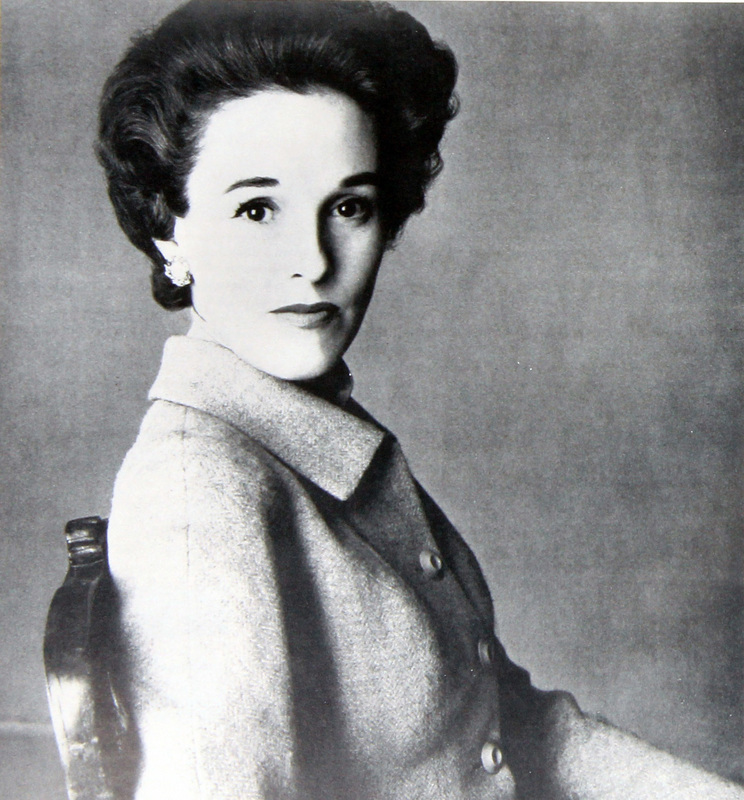
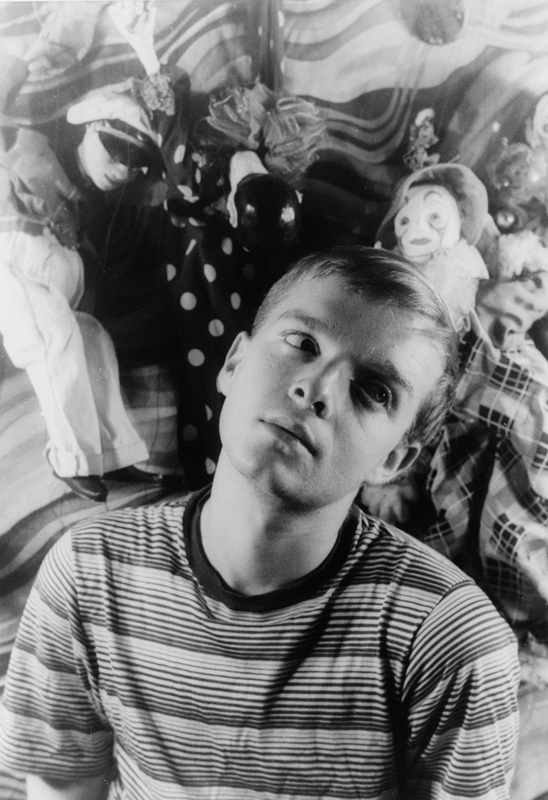
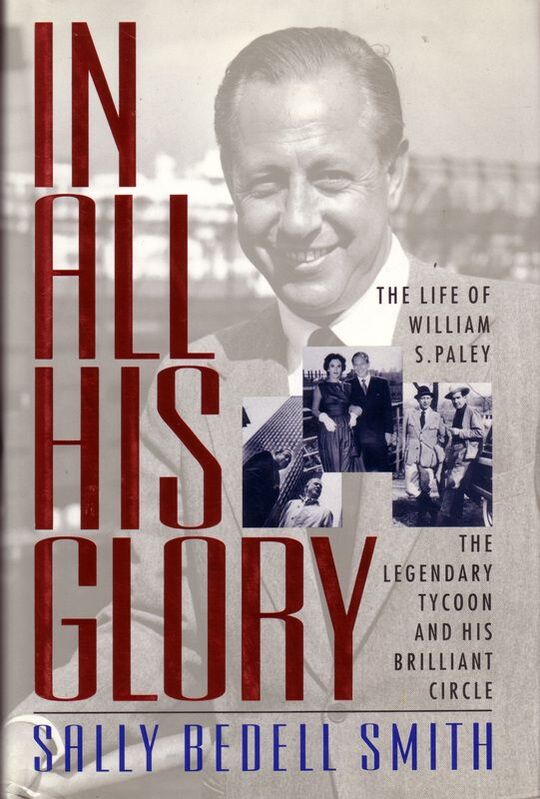
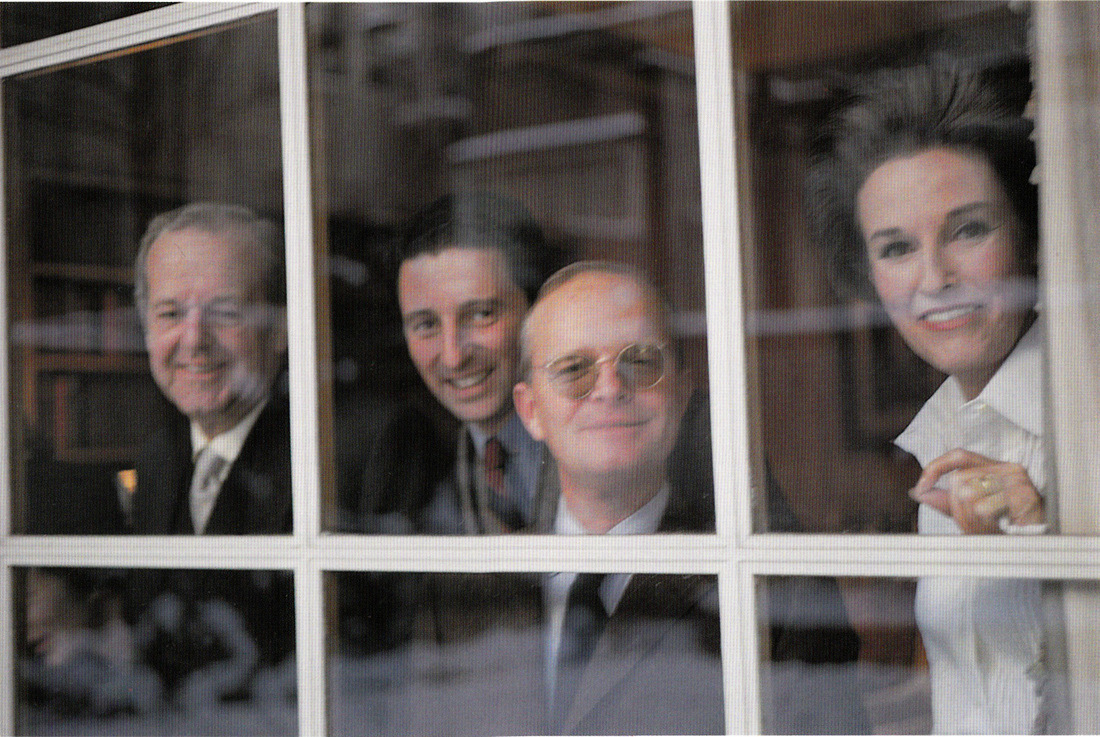
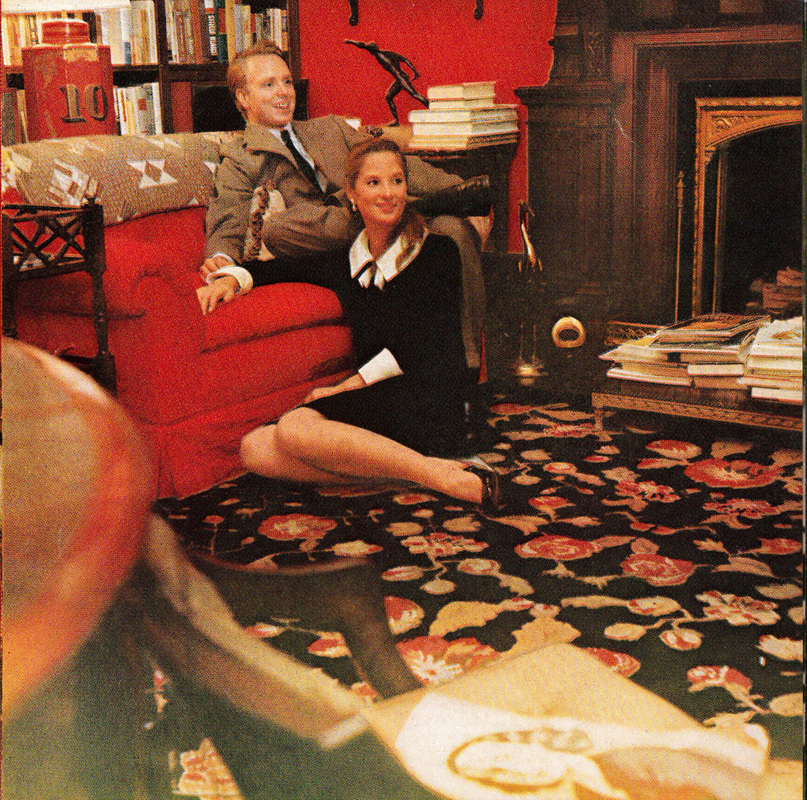
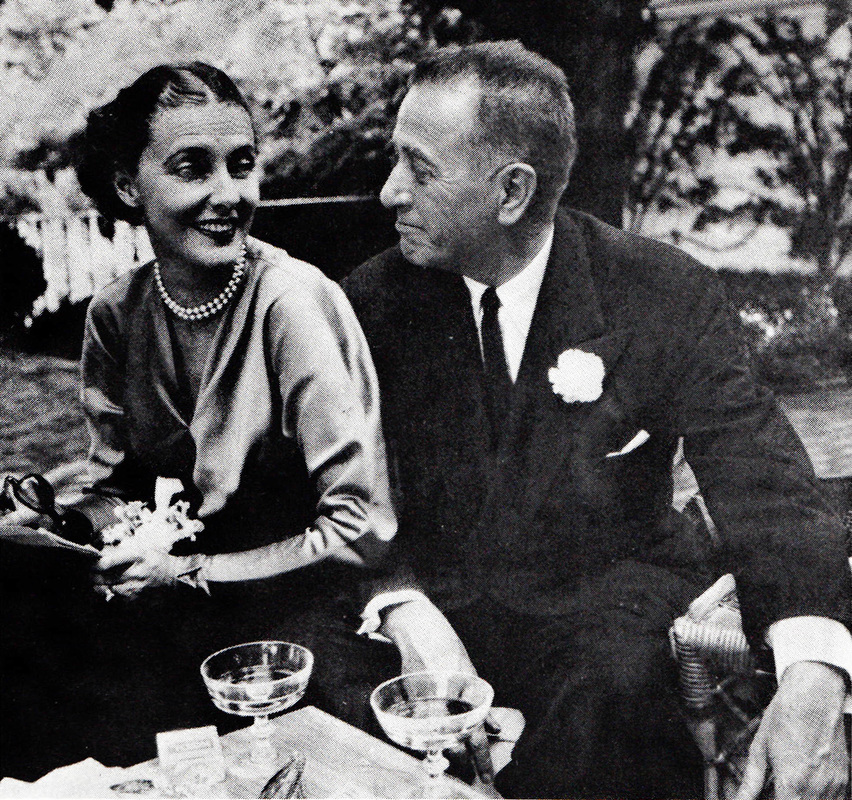
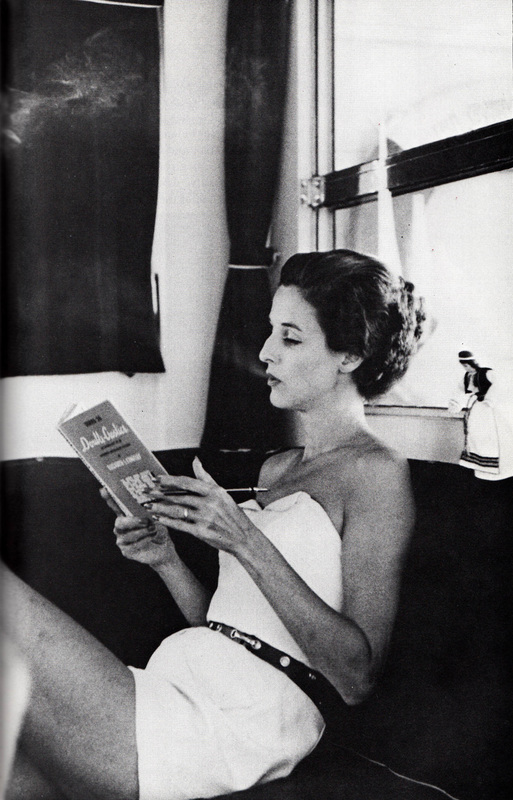
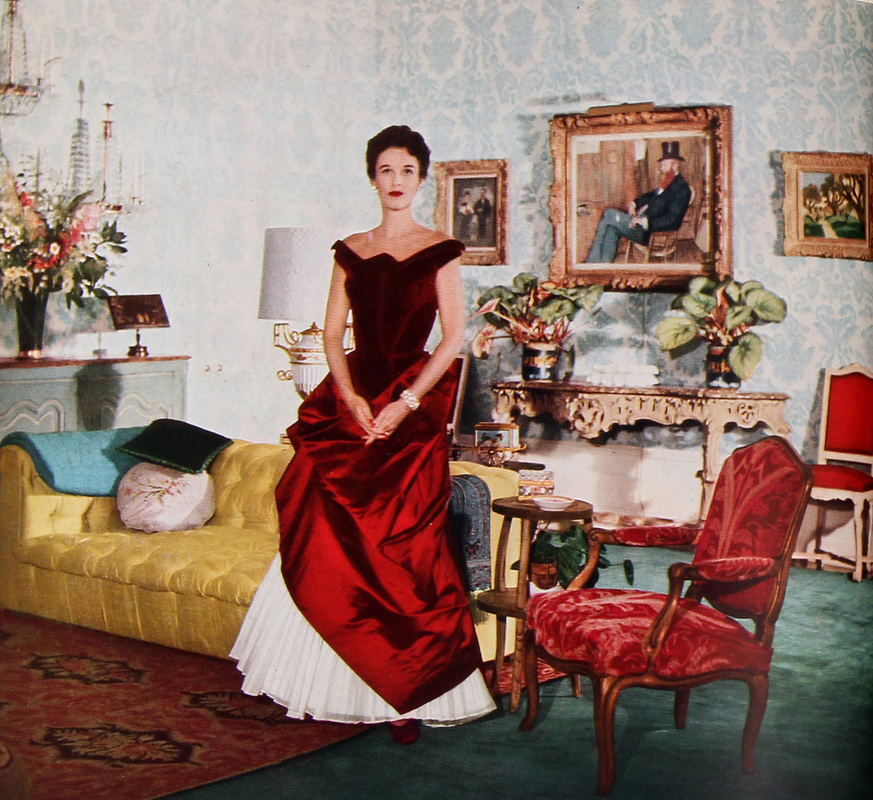
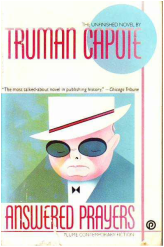
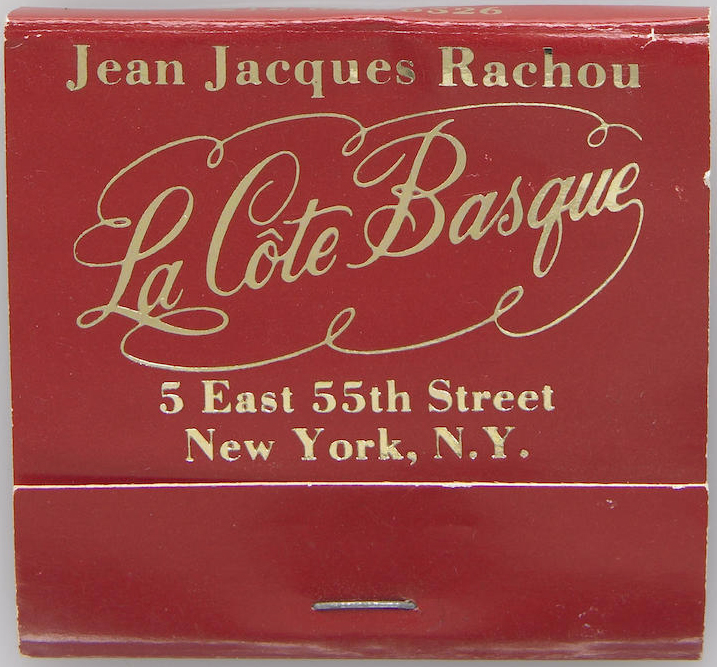
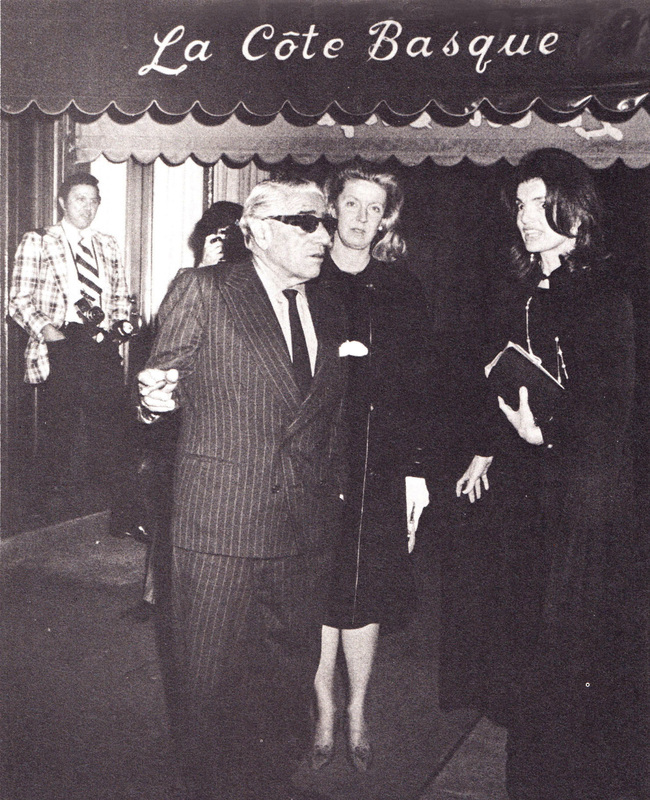
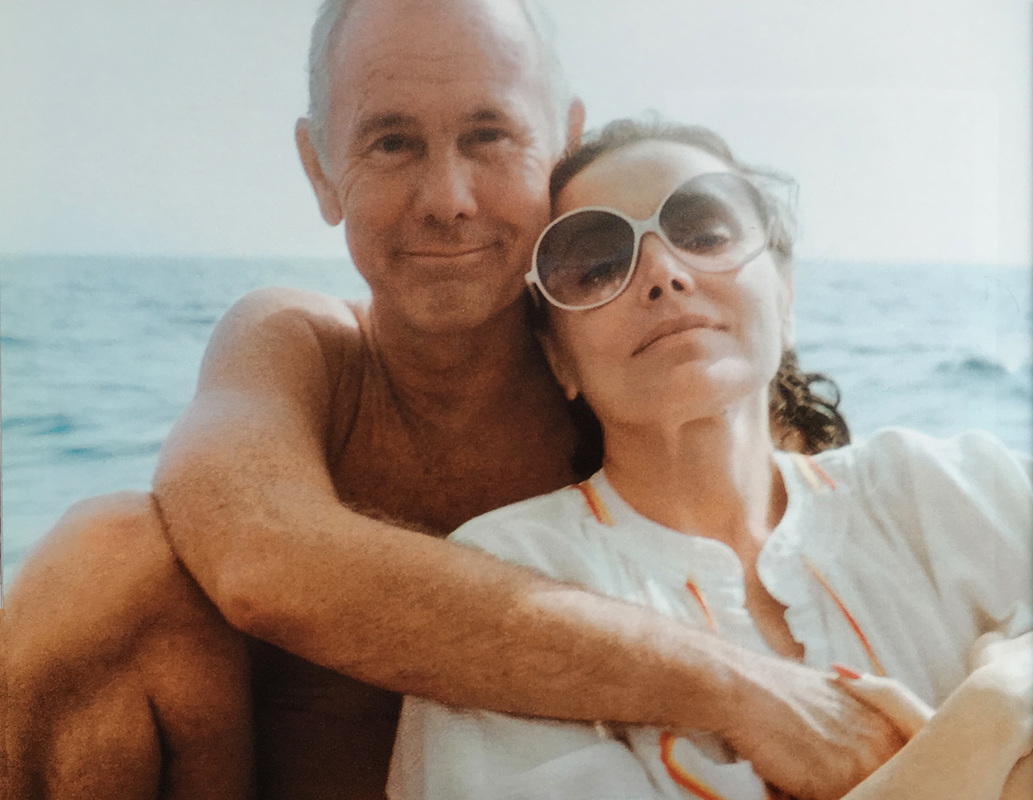
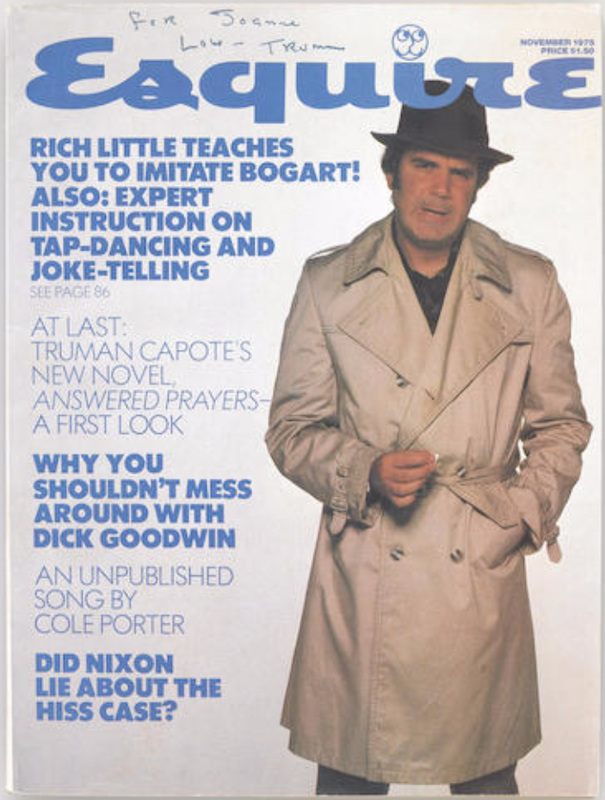
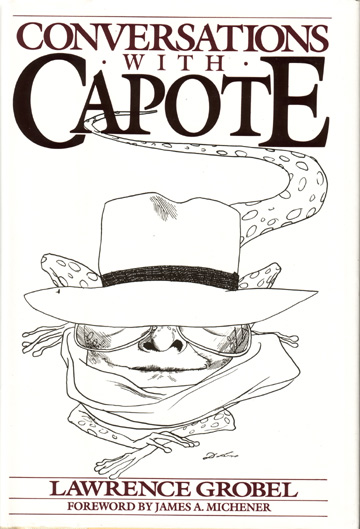
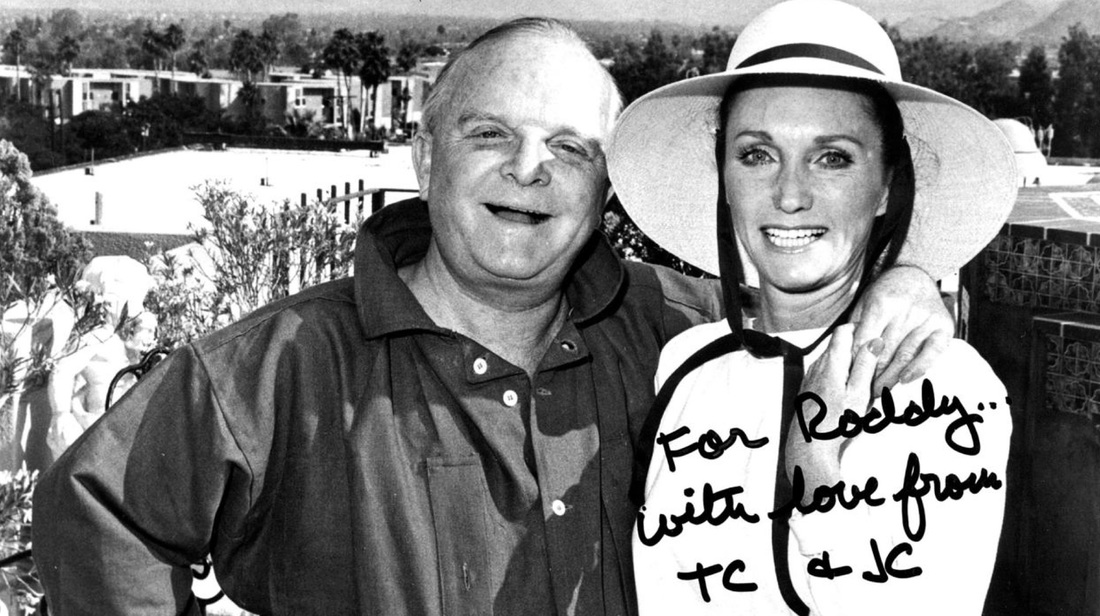
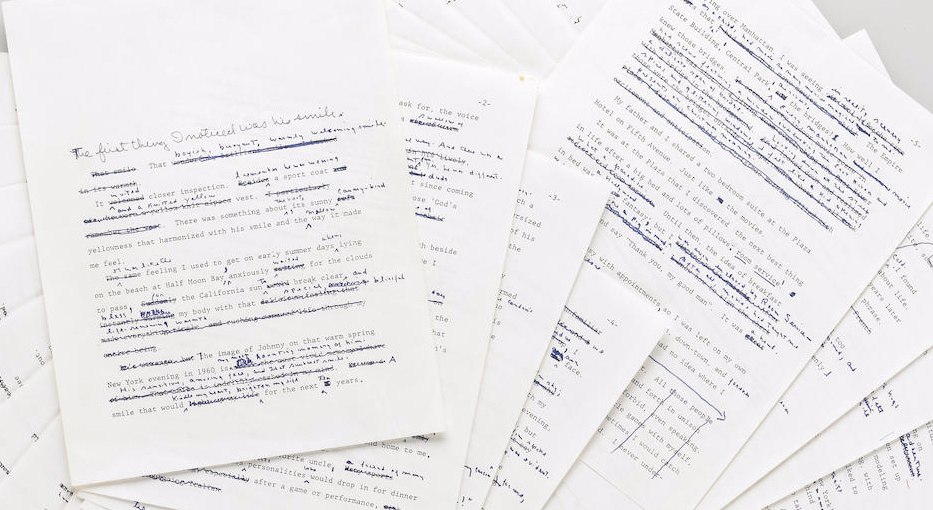
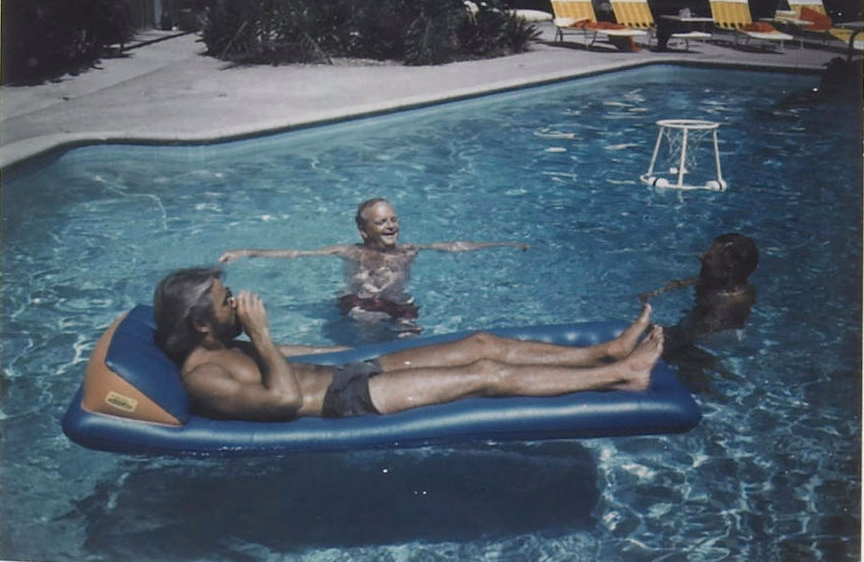
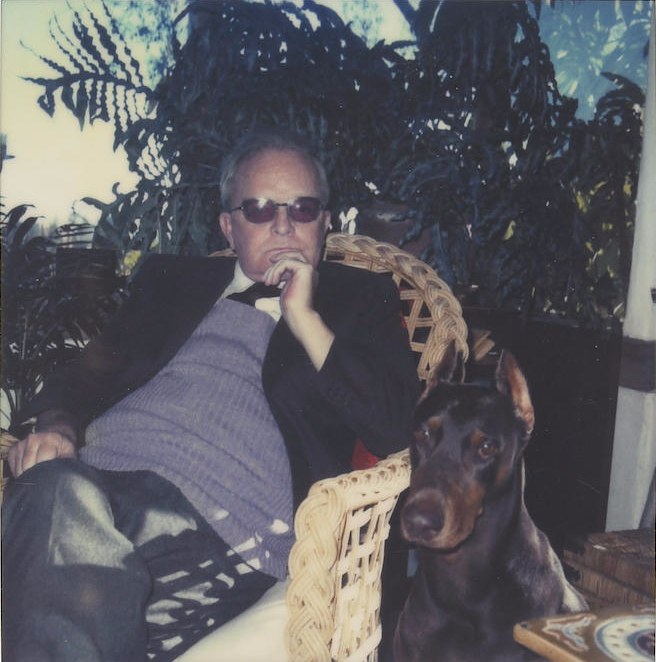
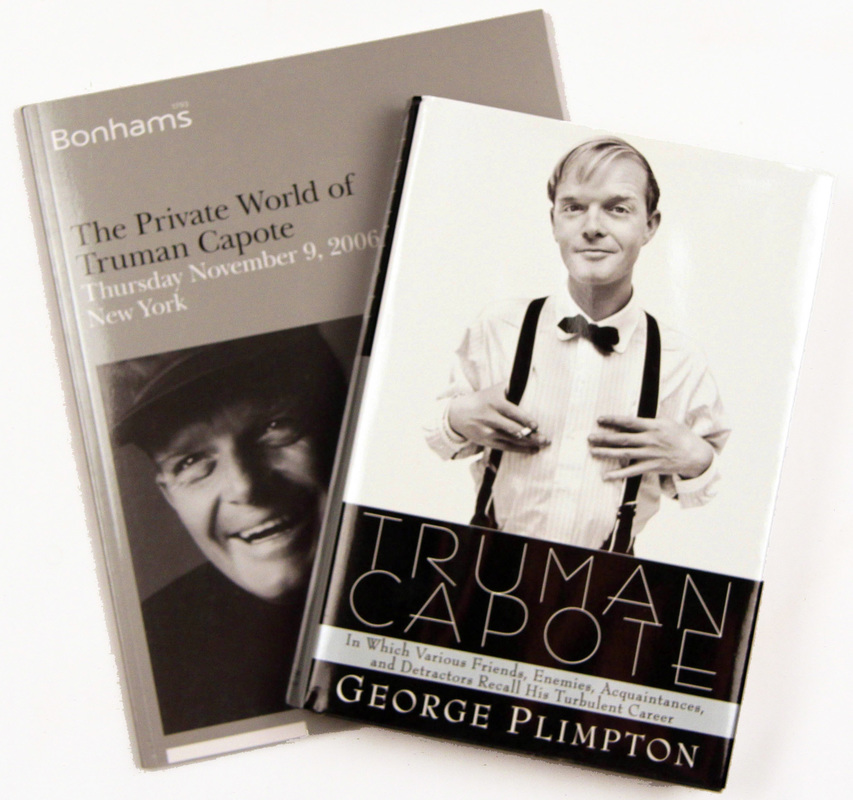
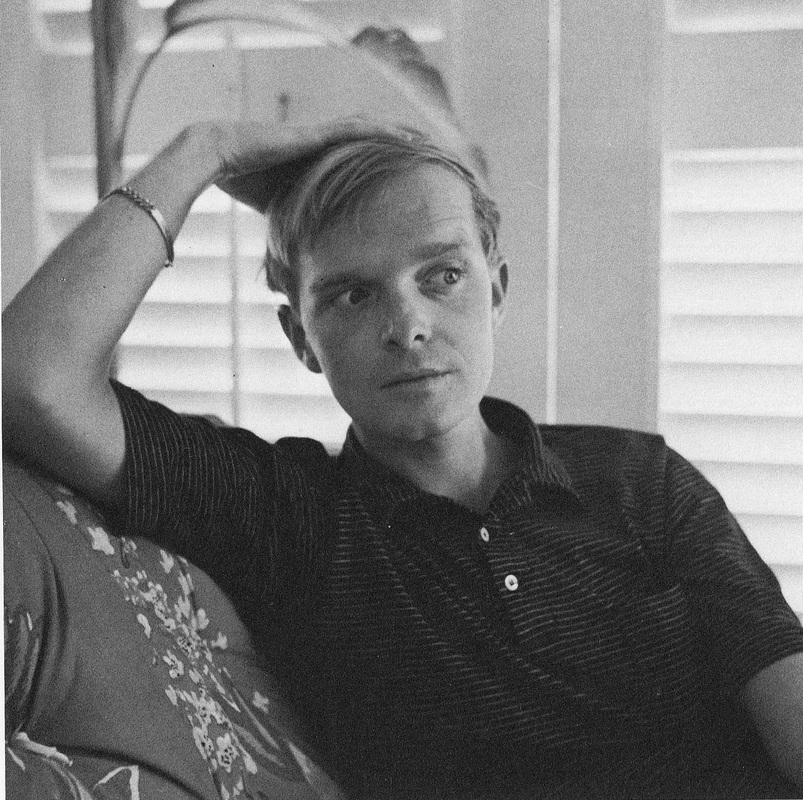
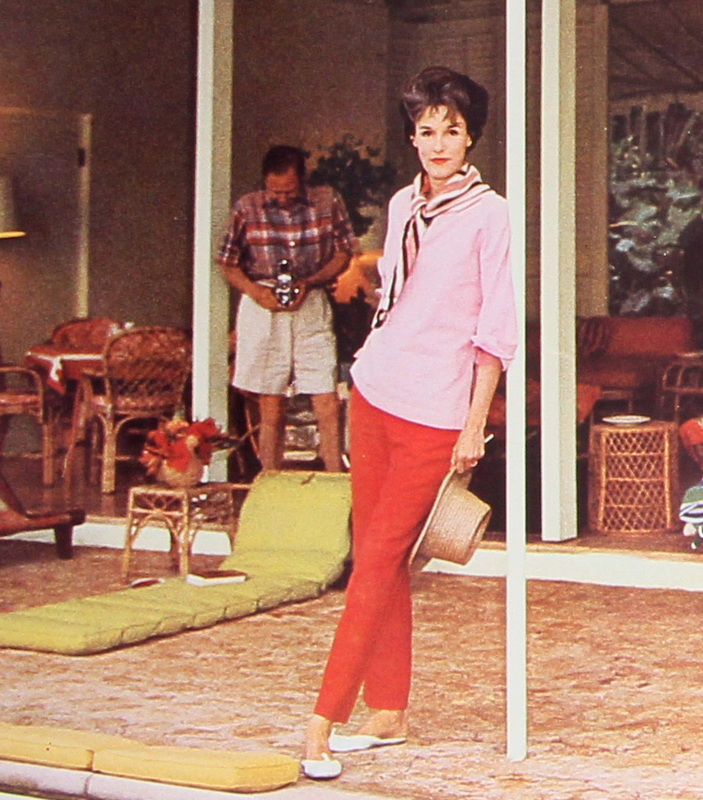
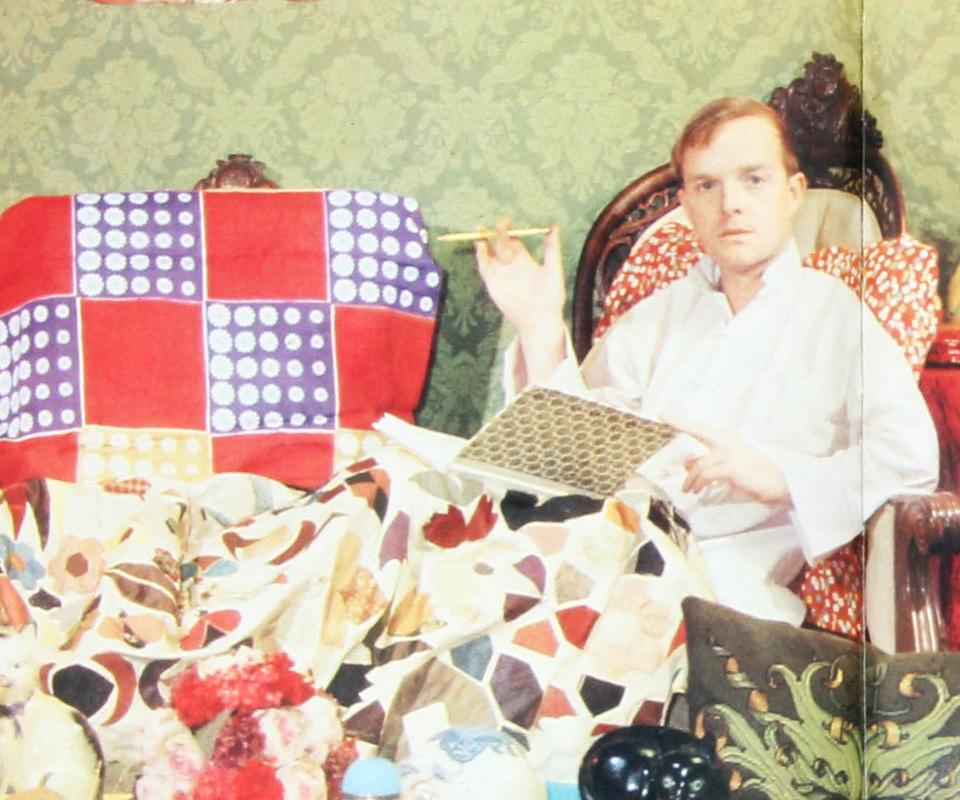
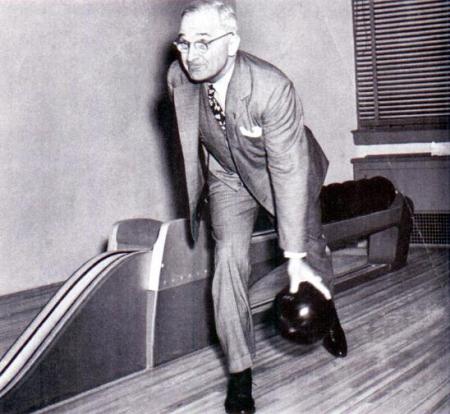
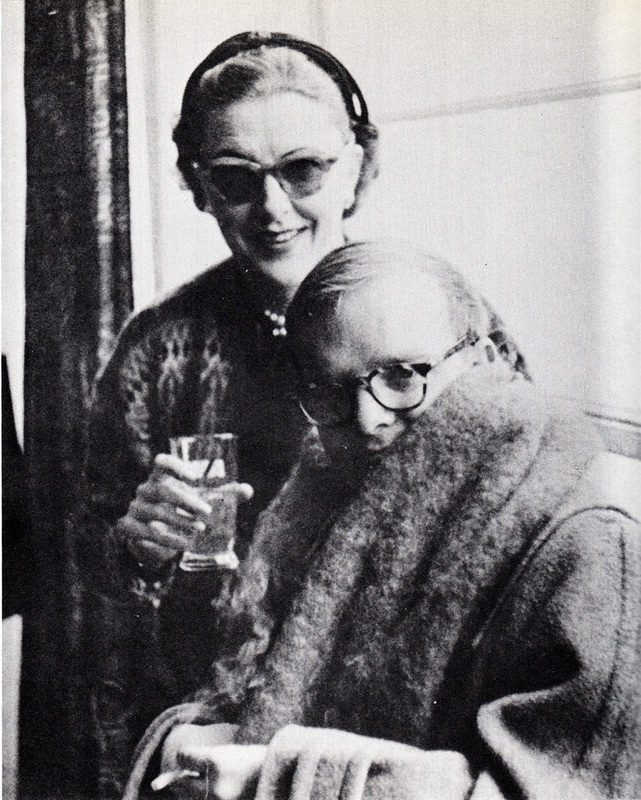
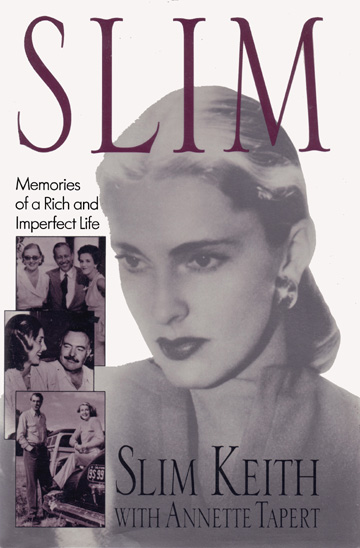
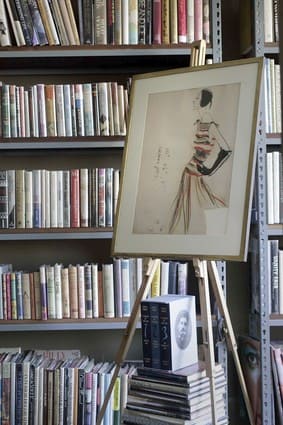
 RSS Feed
RSS Feed